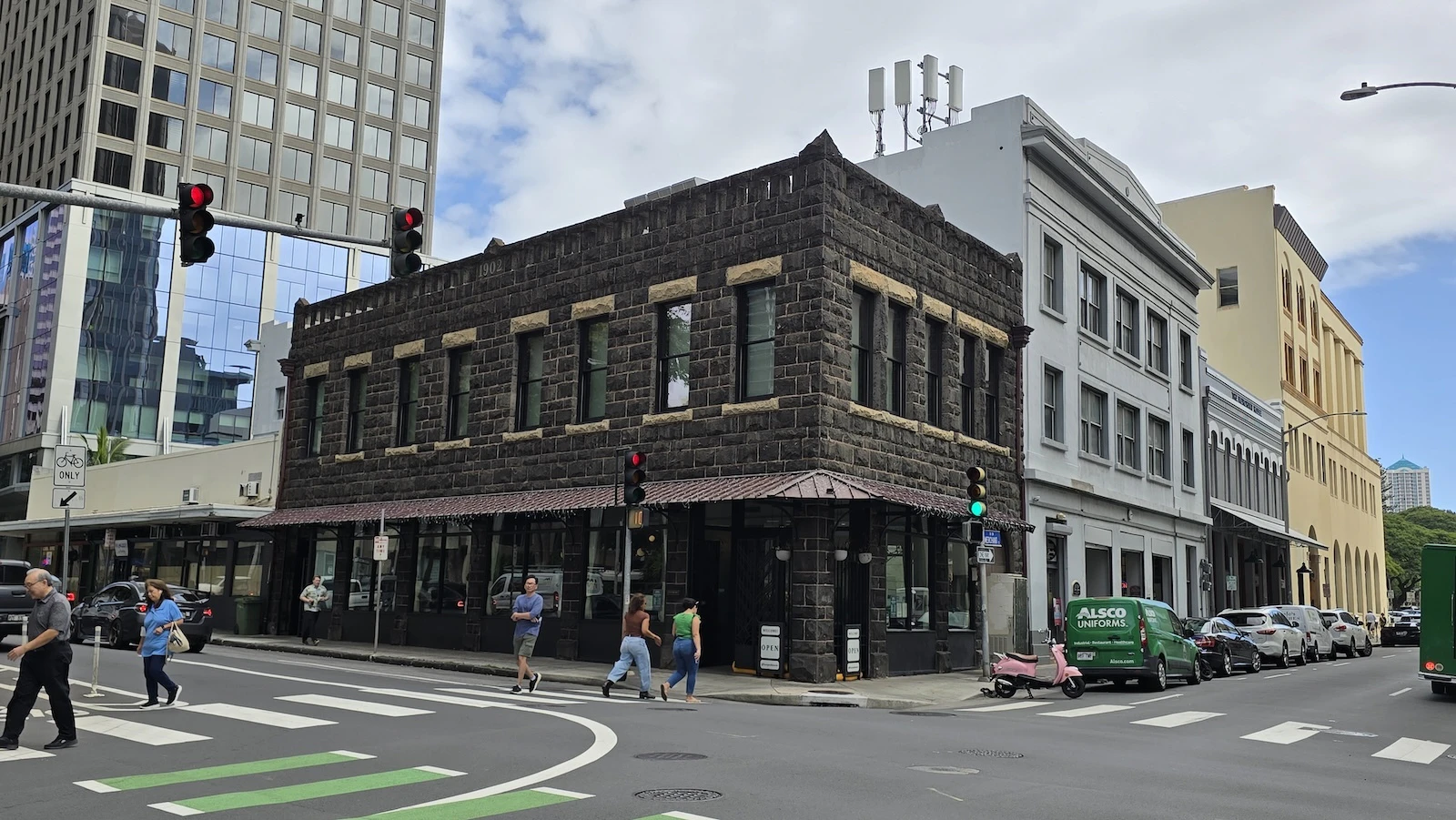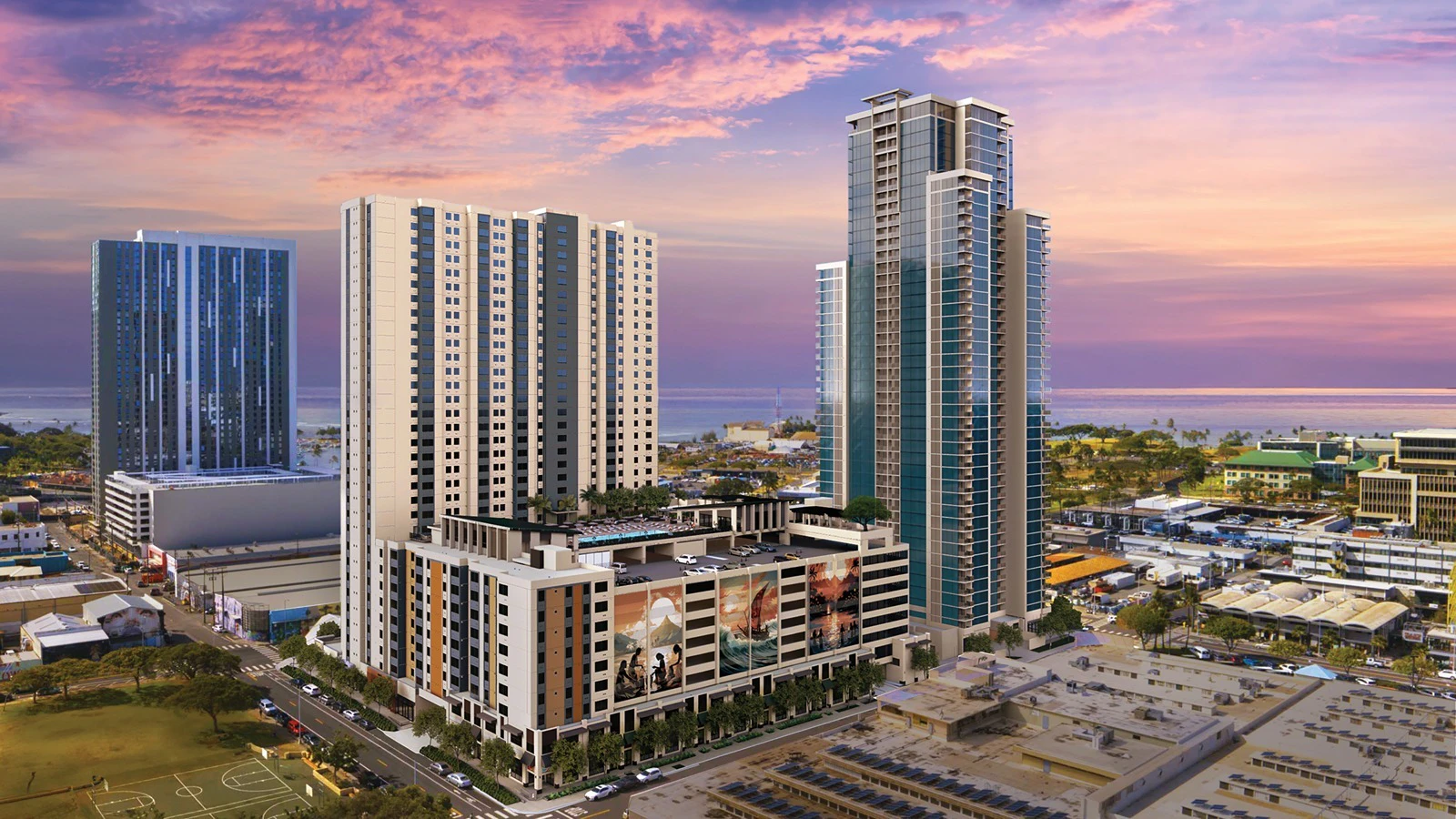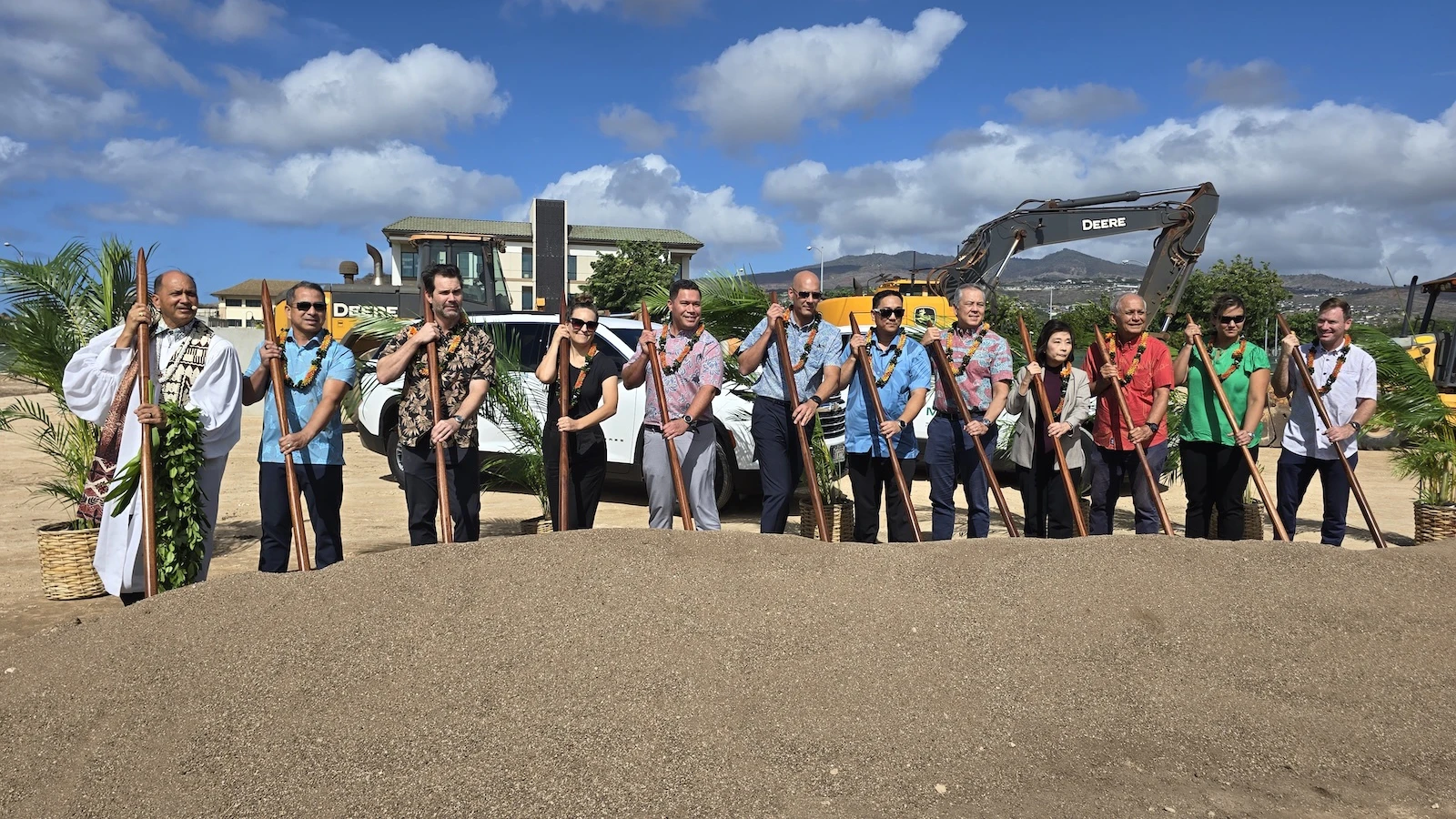Historic architecture abounds in Downtown Honolulu.
Willa Trimble has been an architect in Honolulu for around a decade, and for the past several years she's been helping a team of docents that lead AIA Honoluluʻs historic architectural walking tours through Downtown Honolulu.
Aloha State Daily recently spoke to Trimble to find out more about some of Downtownʻs notable and historic buildings.

Dillingham Transportation Building, 735 Bishop St.
Constructed in 1929 by California architect Lincoln Rogers, Dillingham Transportation Building was built as a memorial to Benjamin F. Dillingham by his sons after his death, Trimble said.
Dillingham, she said, founded the Oʻahu Railway and Land Co. According to Trimble, the building's design is “more neoclassical with some art deco elements.”

Alexander & Baldwin Building, 822 Bishop St.
In 1924, Wallace Alexander and Harry Baldwin purchased the Bishop Street property to build a new company headquarters "in the heart of the financial business district," Trimble said
Built in 1929 at a cost of $1.2 million, the Alexander & Baldwin building was designed as a partnership between C.W. Dickey — an architect with ties to the Islands — and Hart Wood. The design tries to approach "a Hawaiian regional style" with Asian decorations, she said.
"One of the things that I appreciate most about the design, [is that] it was the first time that landscaping was incorporated, or was thought of, in terms of a Downtown building," Trimble said.

Joseph W. Podmore Building, corner of Merchant and Alakea streets
This building was designed by an unknown architect and constructed in 1902 out of basalt, or lava rock, which Trimble says is one of two building materials that were locally available at that time.
According to Trimble, it was developed by Joseph Podmore, an English sailor who did business in Honolulu.
"Almost every single one of these lava rock buildings you'll see has this rusticated look where it's a really rough-hewn block that you'll see, but that doesn't mean that the masons or the stone cutters, weren't able to be super precise with their cutting," she says.


Melcher's Building, 51 Merchant St.
The oldest commercial building in Honolulu was built in 1854. A sign on the building notes that the retail firm Gustav Melcher and Gustav Reiners, built the "simple Greek Revival-style structure" that year. Trimble says there's no record of the architect.
Constructed out of coral, it's an example of the second type of building material — along with lava rock or basalt — available locally at that time, Trimble said.

YWCA Oʻahu, Laniākea, 1040 Richards St.
The property was built in 1927 and designed by architect Julia Morgan, who Trimble says is known for designing the Hearst Castle in San Simeon, California, and who also built a number of YWCAs around the U.S.
Morgan, who graduated with an engineering degree from the University of California at Berkeley, was the first woman to enroll in the architecture division of École des Beaux-Arts in Paris, from which she graduated in 1902, according to Britannica.
Trimble says the building is a "Beaux-Arts style with a blend of European and Mediterranean influences."
"I think a lot of these territorial-era buildings are really influenced by Mediterranean styles, except they try to incorporate a lot of local [flora and fauna] in the decoration," she said, noting that at the YWCA, for example, there's hibiscus at the top of Corinthian columns, and there are some dolphin and pineapple details throughout.
Stephanie Salmons can be reached at stephanie@alohastatedaily.com.




